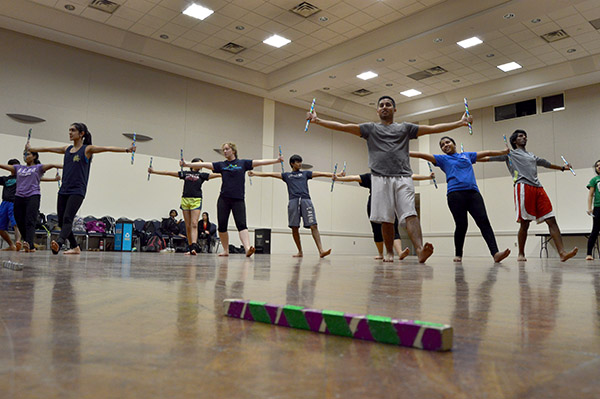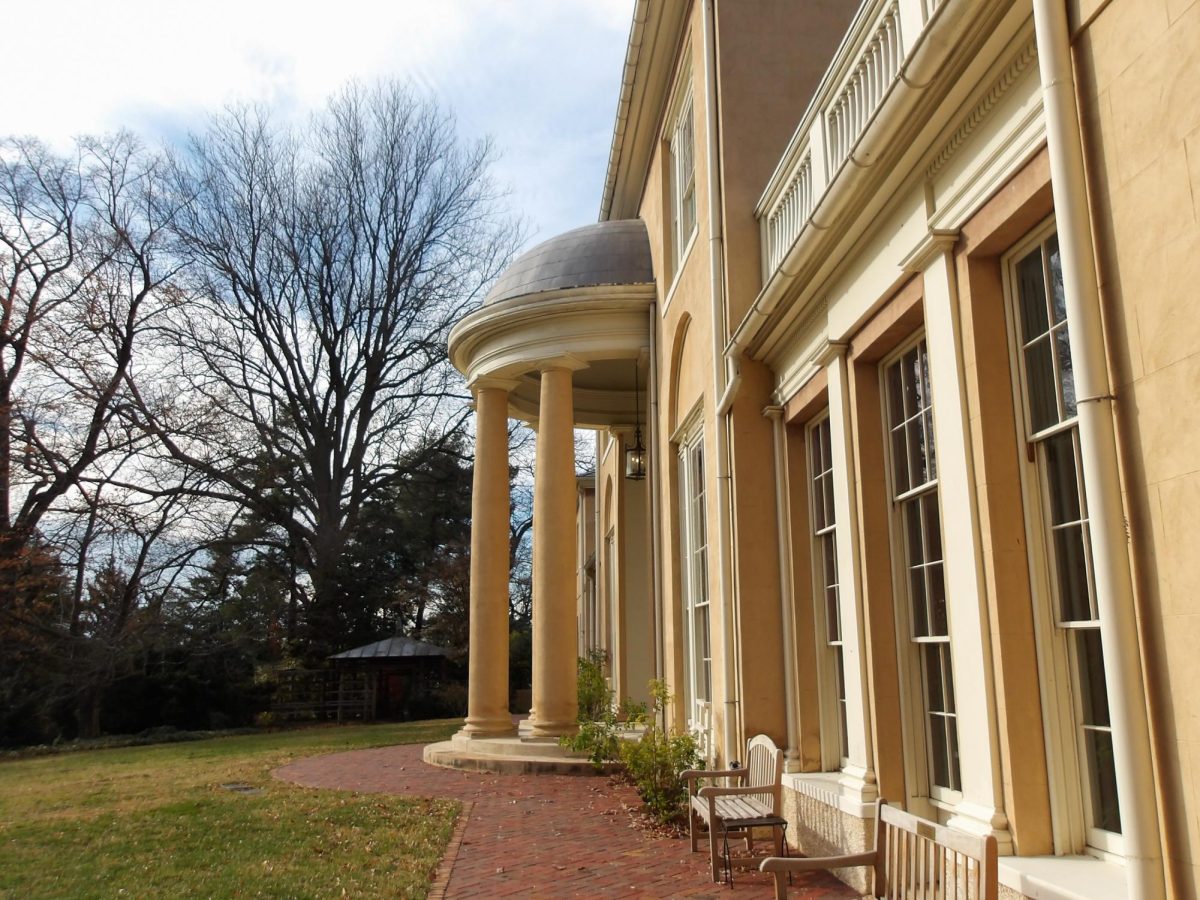Updated: Nov. 24, 2014 at 10:36 p.m.
After months of preparation and what seemed like year-long rehearsals, eight dance teams from universities across the country are ready for the first competition in the Raas collegiate circuit.
The South Asian Society’s 14th annual “Raas Chaos” on Saturday will celebrate the cultural and social aspects of Indian dance, bringing national teams, along with Wanted Ashiqz, a Bollywood dance group that has performed on “So You Think You Can Dance,” to Lisner Auditorium. GW’s Raas group will not compete in the event, instead dancing as the opening act.
Raas, a form of traditional Indian dance, has been a part of the University community for about 15 years, and GW Raas performs in competitions around the country, from Florida to Texas to California.
“We’ve taken that style of dance from India and made it more modernized,” said Pranav Kaul, GW Raas co-captain.
GW’s team performs in brightly colored outfits with impressive coordination and quick yet precise movements, all to the tune of fast Indian dance music, creating a captivating experience. The collegiate circuit has gained traction over the years, Kaul said, and GW has become more well-known for its involvement with Raas.
Brinda Mysore, a senior and GW Raas’ other co-captain, said Raas Chaos is a “really good way of getting not just our name out there as a team but that this style of dance exists and that it’s really colorful and exciting.”
About 15 Raas teams from universities across the nation auditioned to perform at Raas Chaos this year. The Raas Chaos directors chose the top eight based on creativity, choreography, execution and the integration of dandiyas, decorative sticks used in the traditional folk dance, in their audition videos.
Raas dance teams from colleges like the University of Texas at Austin and Rutgers University will compete for the first-place spot on Saturday.
Pritesh Bhakta, captain of the Raas team at the University of Texas and five-year competitor in Raas, described the dance as a way to connect with others.
“The best part is competing and dancing with your own team. Being out there on stage with 15 to 16 other people that have spent all this time with you at practice – that’s the most exciting part. The results don’t matter,” Bhakta said.
For some, Raas Chaos comes with high expectations. Bhakta participated in the event in 2012 and said he is looking forward to competing again at GW.
“The first time was amazing. The coordinators know what they’re doing and they do a really good job taking care of the teams.” Bhakta said.
Senior Kunal Mehta is a co-director for Raas Chaos this year and has been planning for the event since the summer. He said the South Asian Society has formed a committee of 36 students to put together the event this year, which is expected to attract about 950 people.
The South Asian Society invited local Raas professionals to judge the eight groups, which are all competing for the first-, second- and third-place prizes of $1,500, $1,000, and $750, respectively.
In addition to Raas performances, the night will include exhibition, or non-competitive, acts to give the audience “different entertainment,” Mehta said.
Lillian Dawit, a 2012 alumna and first-year medical student, will perform an upbeat song while the judges decide the top-three teams.
Dawit, who said she’s been close to the Raas community since her freshman year, has been asked to perform for South Asian Society events in the past. And since Raas Chaos is about “exploring different cultures,” Dawit said, she’s planning to perform in an atypical style.
Tickets range from $10 to $15 for students and are available through the Facebook event page. Mehta said profits will benefit the Association for India’s development.
Regina Park contributed reporting.
This post was updated to reflect the following correction:
The Hatchet incorrectly spelled Pritesh Bhakta’s first name. It is Pritesh, not Pripesh. We regret this error.







